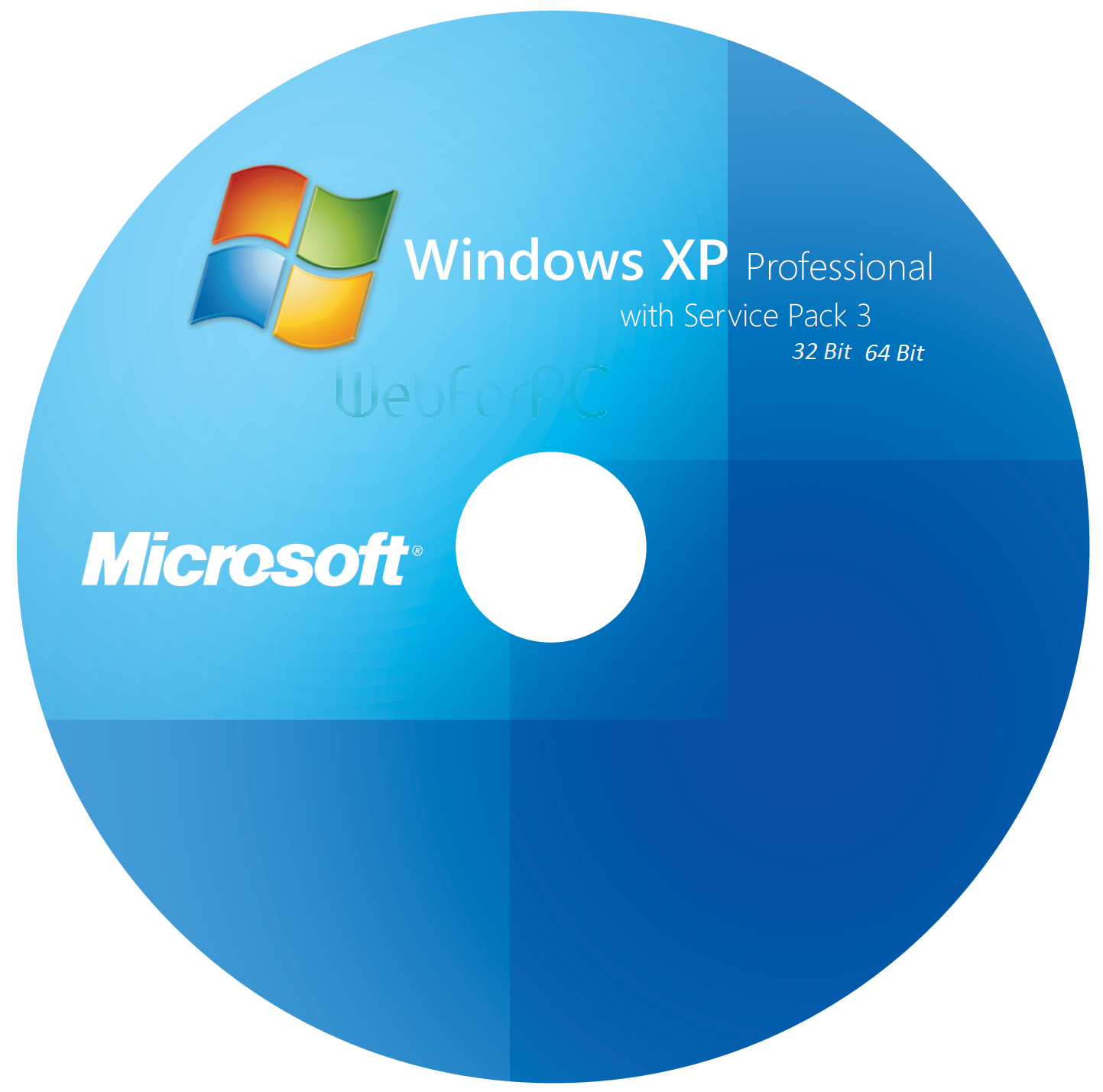Though Microsoft has stopped its support for Windows XP, it is still worthy. About 30% of the computer users still use Windows XP. At the modern computers with x86 architecture, you cannot install Windows XP first then the Service Pack (SP2 or SP3). You need a installation media which is already slipstreamed with service pack. While the Windows XP installation media with service pack 2 is available in the market, Microsoft did not released any installation media labeled with Windows XP Service Pack 3.

In the older computers, you can mange to install the Windows XP first and then the service pack (sp2,sp3). No doubt, this technique takes lot of times to install service packs after the installation. If you have a Windows XP installation media, then you can make your Windows XP installation CD updated with the Service pack 3.

Need a Setup Boot Disk for Win XP SP3. Windows XP Service Pack 3. Though i can achive that i inserting the Retail CD but Boot Disc is way faster. 64 Bit SP2 ISO Direct Single Link. Download You can follow this tutorial to make windows XP bootable CD or USB Pen Drive. To start loading XP Service Pack 3 into your Windows disc, click Next. On the Task Selection screen, Click Drivers and Bootable ISO(this will create an ISO file I'm posting the step by step instructions here to share my experience.
Here is how to make the bootable image(ISO) file of Windows XP. How to slipstream Service Pack 3 into Windows XP At first, copy the content of the XP installation CD and save it in a folder named as XP (say) in the root drive, say ‘C’. Jetico Bestcrypt 8.20.9 Keygen here.
Now, download Service pack 3 From and save a copy of the downloaded file in a folder named as SP3 in the same location where the folder XP resides. Now, open command prompt and change the directory to SP3 (use this command: cd SP3) and run the following command. Servicepack_filename /integrate:drive:XP_folder In this example, the command will look like this: WindowsXP-KB936929-SP3-x86-ENU /integrate:C:XP After the successful execution of the command the system files and the installation files of the folder ‘XP’ are updated with the. But you cannot use this XP folder to prepare the installation media. You’ll have to make the ISO file.
How to Create the Windows XP Sp3 image(ISO) file We shall use a software called as Bart’s BCD software to create the image file. Download it from.
Once downloaded, unzip it to a folder. We’ll unzip it to c:bcd for this example. Download another file: and copy it into the BCD’s bin folder (in our example, c:bcd >bin). Also download (5 KB) and unzip it into the BCD’s root folder (c:bcd in our example). Make sure the subfolders are also unpacked. Copy the i386 folder (in our example, from C: >XP >i386) into one of the following folders, depending on whether it’s Windows XP Home or Professional: c: >bcd >cds >wxphome >files (Windows XP Home Edition) c: >bcd >cds >wxppro >files (Windows XP Professional) Copy the win51ic.SPx or win51ip. SPx file here as well.
Optionally, you can also copy the following files (not needed for bootable CD installation): autorun.inf, readme.htm, setup.exe Now you are ready to go. Open the command prompt again, change the directory to C: >bcd and run one of the following commands.
Adobe Cs5.5 Master Collection Mac. Bcd wxphome (For Windows XP Home edition) or: bcd wxppro (For Windows XP Professional) The above commands will prepare the ISO image. The image file is generally located into the folder ‘Temp’ under ‘My Document’. Grab that image file of Windows XP Service Pack 3 and burn it with Nero Image Burner.
That’s all you have to do to slipstream service pack 3 into Windows XP. Some more guides related to installation media: 1. If you face any type of problem then feel free to share at the comment section. @Robs: Some time some torrent files are not so believable. They may be corrupted or the download might not complete at all. One more thing, did you tried to run that file directly from your computer hard disk?